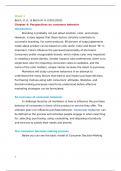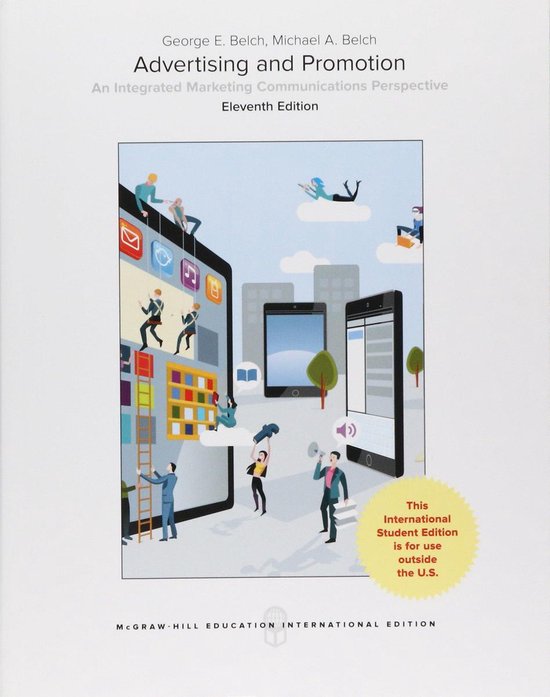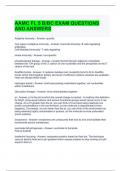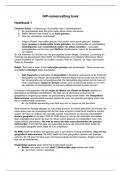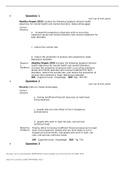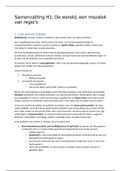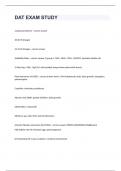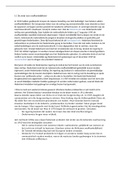Zusammenfassung
Summary Marketing Communication Exam Part B
- Kurs
- Hochschule
- Book
This is a summary for Marketing Communication, part of the Masters program of Persuasive Communication at the UvA. All literature for part B is summarized including all the articles. Literature - Belch, G. E., & Belch M. A. (2021/2022). Chapter 4: Perspectives on consumer behavior. - Kahneman...
[ Mehr anzeigen ]
